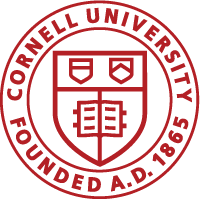Optimizing the Dry-Off Process: the Impact of a Gradual Cessation of Milking on Dairy Cow Health and Wellbeing
Principal Investigator: Matthias Wieland
Co-PI: Sabine Mann; Anja Sipka
DESCRIPTION (provided by applicant):
A sufficient non-lactating period before a dairy cow calves, known as the dry period, is essential for mammary epithelial cell renewal, recovery from intramammary infection, colostrogenesis, and optimal milk production in the subsequent lactation. However, the increased milk production potential of modern dairy cows has made the dry-off process more challenging. Despite a 30–50% increase in annual milk yield per cow over the past four decades, most commercial dairy farms continue to rely on abrupt cessation of milking. This approach often results in elevated intramammary pressure due to udder engorgement, leading to a higher risk of milk leakage, new intramammary infections, discomfort, inappetence, and pain. Our goal is to investigate an alternative approach of dry-off. Our proposed approach of utilizing gradual cessation—via incomplete milking during the final week of lactation—has potential to improve udder health, colostrum quality, metabolic status, and animal well-being. Establishing the efficacy of this approach could help inform dry-off protocols that promote better health and welfare outcomes for millions of dairy cows every year. Our central hypothesis is that gradual cessation of lactation through incomplete milking at the end of lactation improves udder health, promotes mammary gland involution and colostrogenesis, and enhances both animal well-being and metabolic health. During the requested one-year funding period, this hypothesis will be addressed through the following three specific aims:
Aim 1: Evaluate the impact of incomplete milking during the final 7 days of lactation on indicators of udder health, measured by milk leakage, risk of intramammary infection during the dry period, and colostrum quantity and quality.
Aim 2: Assess the effects of incomplete milking on indicators of pain and animal well-being, measured by udder pressure and pain, fecal glucocorticoid metabolites, and serum concentrations of inflammatory biomarkers interleukin-10, tumor necrosis factor, and haptoglobin.
Aim 3: Determine the impact of incomplete milking on indicators of metabolic status, measured by serum glucose, beta-hydroxybutyric acid, and non-esterified fatty acids.


